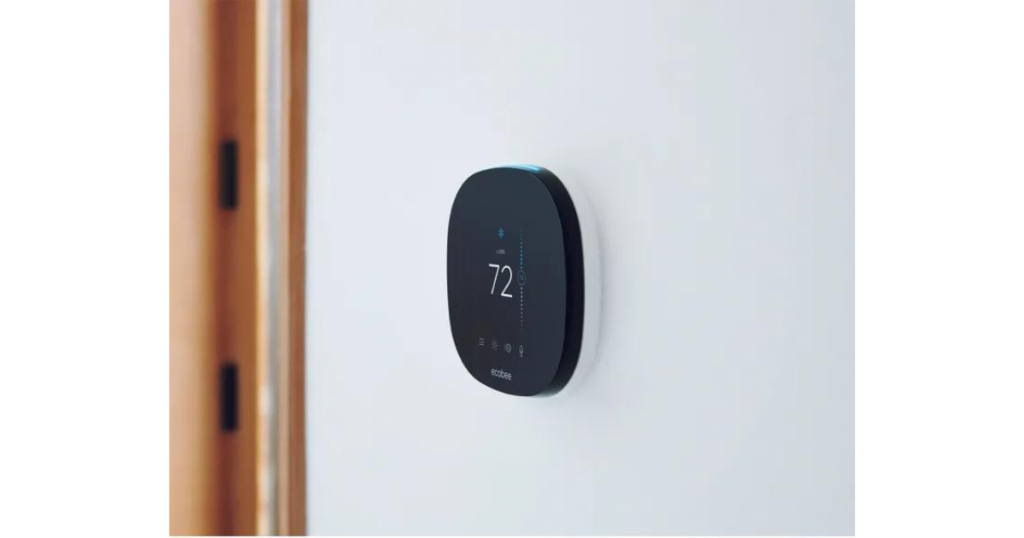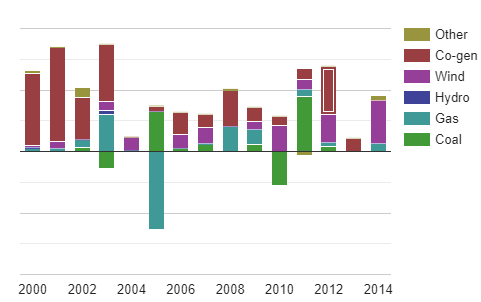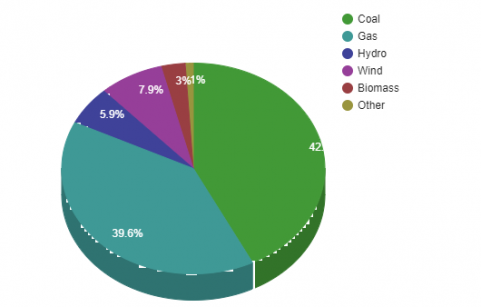Thermostats
In the quest for a comfortable, energy-efficient home, the humble thermostat has received a 21st-century makeover. Gone are the days of simple dial-turning; today's options range from smart devices that learn your schedule to those that can be controlled from anywhere in the world.
With so many choices, how do you decide which one is right for your home? We've turned up the heat on the competition, comparing some of the top models on the market: Google Nest, Emerson, Meross, and Ecobee. Let's dive into how these thermostats stack up across various critical aspects.
What Is A Thermostat And How Does It Work?
A thermostat is a device that regulates the temperature of a space by automatically adjusting the heating or cooling system based on the environment's needs. It works by sensing the ambient temperature using a sensor and then compares it to the desired setpoint.
If the current temperature deviates from the setpoint, the thermostat activates the heating or cooling system to restore the environment to the desired temperature. This process involves electrical circuits or mechanical components that actuate the heating or cooling equipment, maintaining a comfortable and consistent temperature within a home or building.
Installation: DIY-friendly or a call to the experts?
Google Nest

Known for its sleek design, the Google Nest thermostat also shines in the installation department. Most users find it easy to install themselves, thanks to a well-designed app that guides you through the process. It's generally a DIY-friendly device, assuming your home's wiring is compatible.
Emerson Sensi
Emerson boasts about the Sensi's easy installation process, and many users agree. It's designed to be compatible with most HVAC systems without needing a common wire (C-wire), which is a big plus for older homes. Its app provides step-by-step instructions, making it accessible for DIYers.
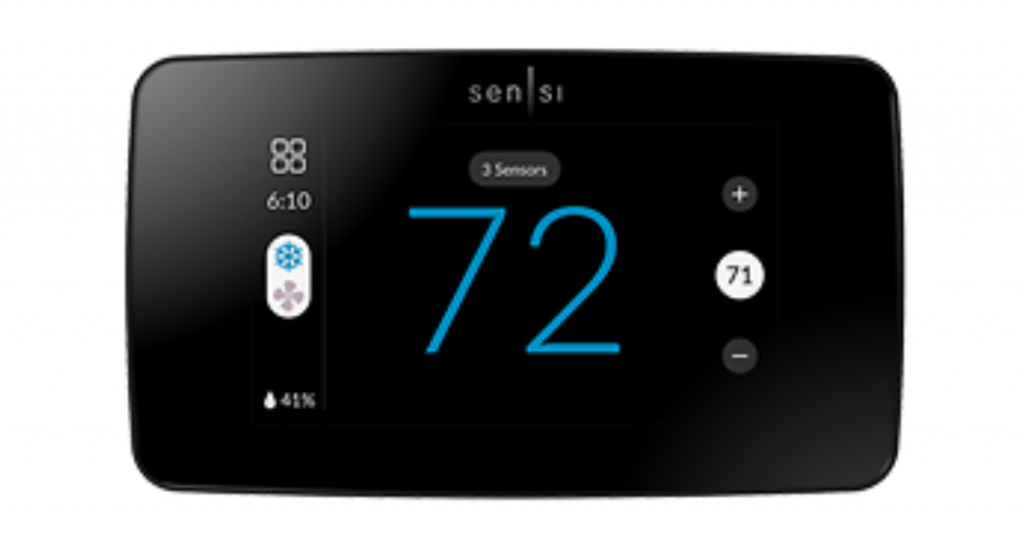
Meross
This newer entry into the thermostat market is also geared towards DIY installation. It supports a wide range of HVAC systems, and detailed online tutorials are available. However, some users report needing a bit more technical know-how to get it set up correctly.
Ecobee
While the Ecobee is DIY-friendly, it's slightly more complex to install than the Google Nest. This is mainly because it often requires a C-wire. Ecobee includes a Power Extender Kit for homes without one, which might require a bit more effort or a call to a professional.
User Interface: Touchscreen elegance or retro button mashing?
Google Nest
The Nest features a high-resolution, color touchscreen interface that's intuitive to use. Its elegance and responsiveness are top-notch, blending beautifully with modern home aesthetics.
Emerson Sensi
The Sensi sticks to a more traditional interface, combining a digital display with physical buttons. While not as sleek as a touchscreen, it's straightforward and easy to navigate for users who prefer a no-frills approach.
Meross
Sporting a basic, functional design, the Meross interface combines a simple LCD with buttons. It's less about visual appeal and more about straightforward functionality.
Ecobee
The Ecobee features a responsive, full-color touchscreen interface that rivals the Nest in terms of elegance and ease of use. It also displays useful information, such as the local weather, on its home screen.
Features: Learning capabilities, remote access, and energy-saving superpowers.
Google Nest
Nest's learning capabilities are a standout, adapting to your schedule to optimize comfort and energy savings. Remote access via the app is seamless, and it offers detailed energy usage reports.
Emerson Sensi
While it doesn't learn your schedule, the Sensi offers remote access and schedules through its app. It focuses on simplicity and reliability, with features aimed at energy savings without the AI component.
Meross
Meross offers basic scheduling and remote access through its app. While it lacks the advanced learning capabilities of the Nest, it's effective for users who prefer to set their schedules manually.
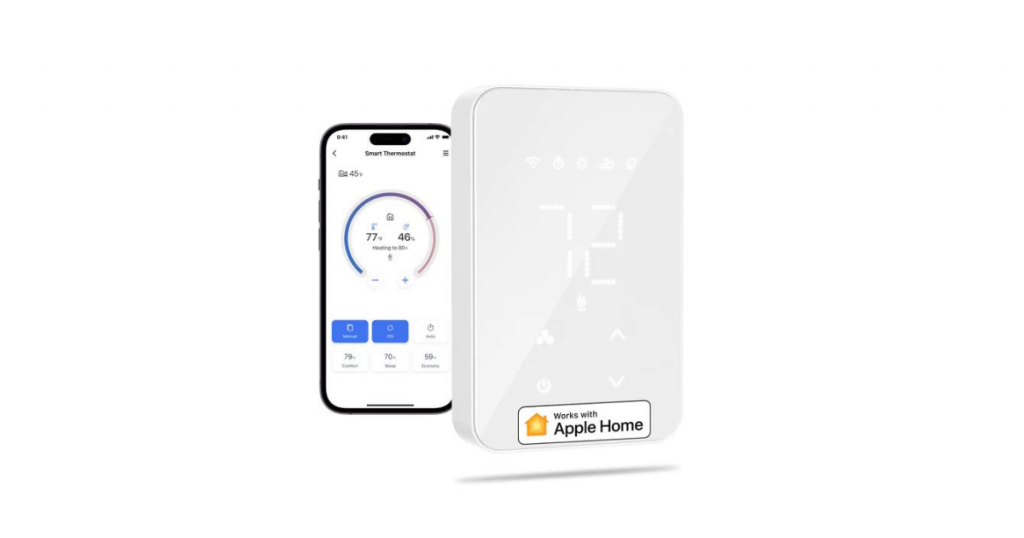
Ecobee
The Ecobee stands out with its room sensors, which adjust the temperature based on occupancy, ensuring comfort and energy efficiency. It also offers learning features, remote access, and detailed energy reports.
Compatibility: Because Your Thermostat Should Talk To More Than Just The Furnace.
Google Nest
Excellent compatibility with a wide range of smart home systems, including Google Assistant and Amazon Alexa, making it a versatile choice for integrated smart homes.
Emerson Sensi
Compatible with Amazon Alexa, Google Assistant, and Apple HomeKit. Its broad compatibility makes it a strong contender for users invested in smart home technology.
Meross
Offers compatibility with Amazon Alexa and Google Assistant. While its smart home integration is solid, it doesn't support Apple HomeKit, which might be a drawback for some users.
Ecobee
Supports Amazon Alexa, Google Assistant, and Apple HomeKit. Its built-in Alexa capabilities even allow it to function as a smart speaker, which is a unique feature among thermostats.
Price: Balancing Upfront Costs With Long-term Savings.
Google Nest
Priced on the higher end, the Nest justifies its cost with advanced learning capabilities and the potential for significant energy savings over time.
Emerson Sensi
Sensi offers a more affordable price point, making it an attractive option for budget-conscious consumers looking for smart thermostat functionality without all the bells and whistles.
Meross
As a budget-friendly option, Meross provides basic smart thermostat features at a lower price, making it accessible for those wanting to step into smart home temperature control.
Ecobee
Priced similarly to the Nest, Ecobee's unique features, like room sensors and built-in Alexa, offer value that can justify its cost, particularly for users looking to maximize home comfort and efficiency.
Conclusion
For tech enthusiasts who love cutting-edge features and integrations, the Google Nest and Ecobee are top picks, offering learning capabilities, remote access, and extensive smart home compatibility. The Nest's learning feature and sleek design appeal to those who prioritize technology and aesthetics, while Ecobee's room sensors make it ideal for ensuring comfort in every corner of your home.
Design aficionados might lean towards the Google Nest for its unmatched elegance and intuitive touchscreen interface, but Ecobee also presents a compelling choice with its sleek design and functional touchscreen.
Budget-conscious homeowners will find great value in Emerson Sensi and Meross. Sensi's straightforward functionality, combined with its energy-saving features and broad compatibility, offers a practical solution without a hefty price tag. Meross, on the other hand, provides an entry point into smart thermostats at a budget-friendly price, although with fewer features.
Ultimately, the best thermostat for your home depends on your priorities, whether it's advanced technology, aesthetic appeal, or cost savings. With the right choice, you can enjoy a comfortable, energy-efficient home that's perfectly in tune with your lifestyle.


